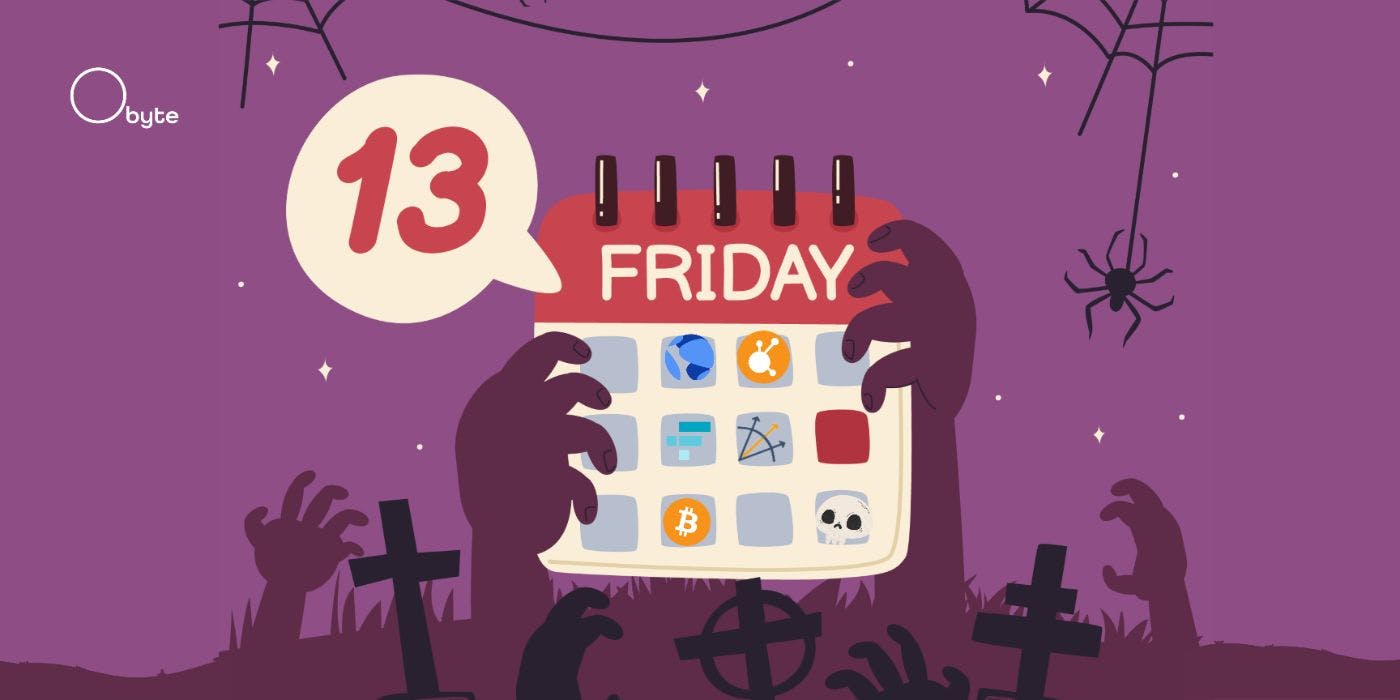Audio Presented by
Story's Credibility

About Author
A ledger without middlemen
Comments
TOPICS
Related Stories
Crypto Crash Of 2022 & What It Means For The Market
@syeda
Jun 21, 2022
Crypto Crash Of 2022 & What It Means For The Market
@syeda
Jun 21, 2022

